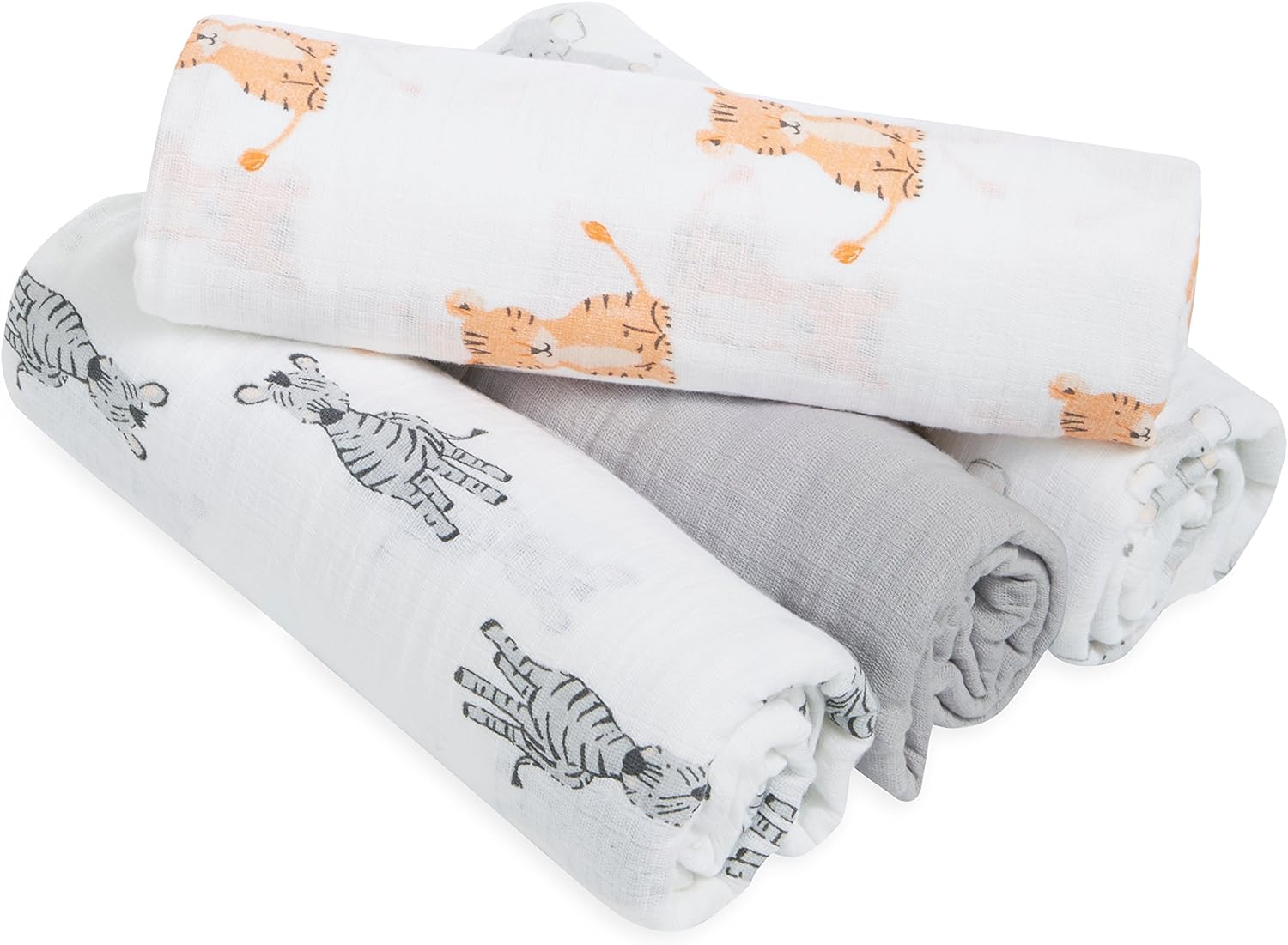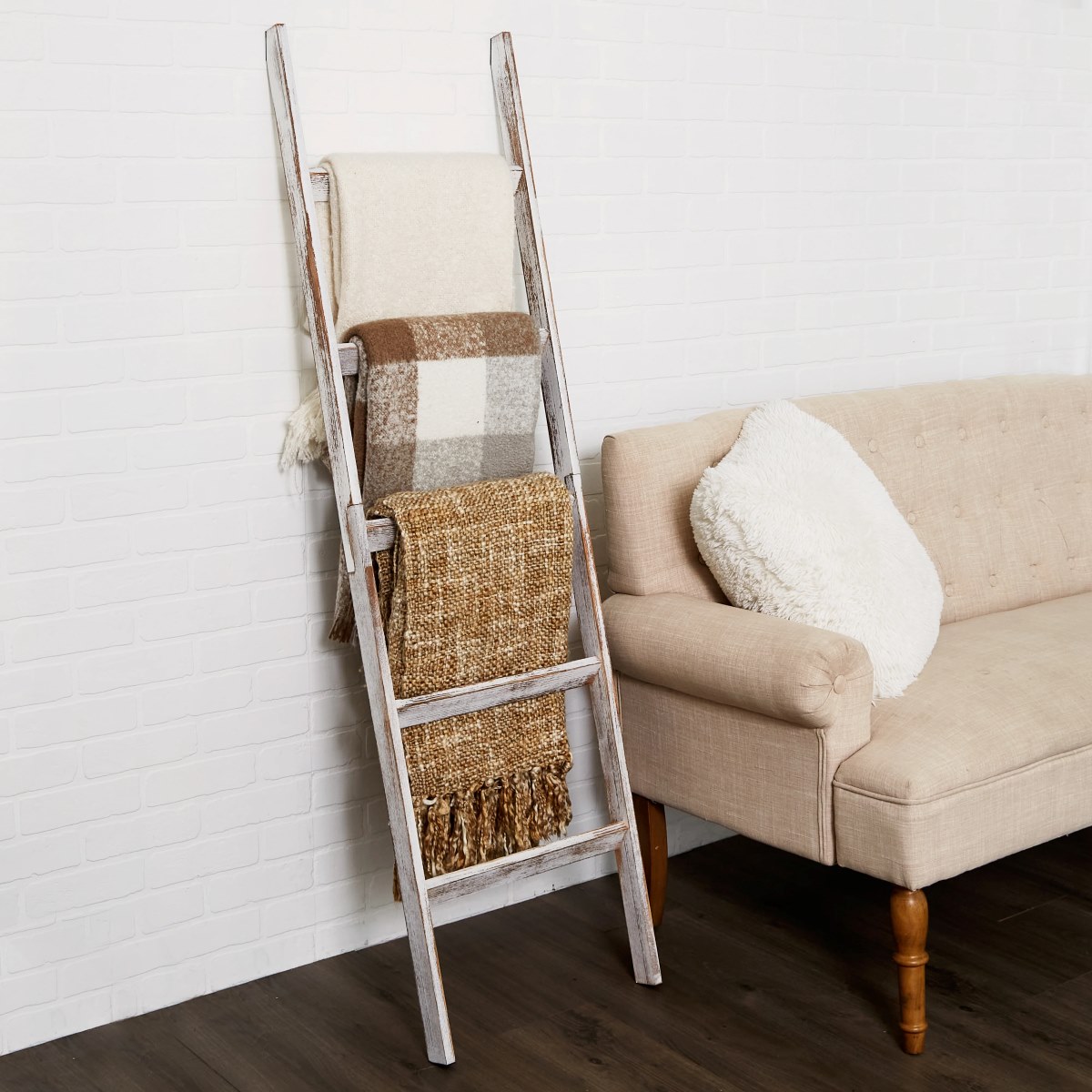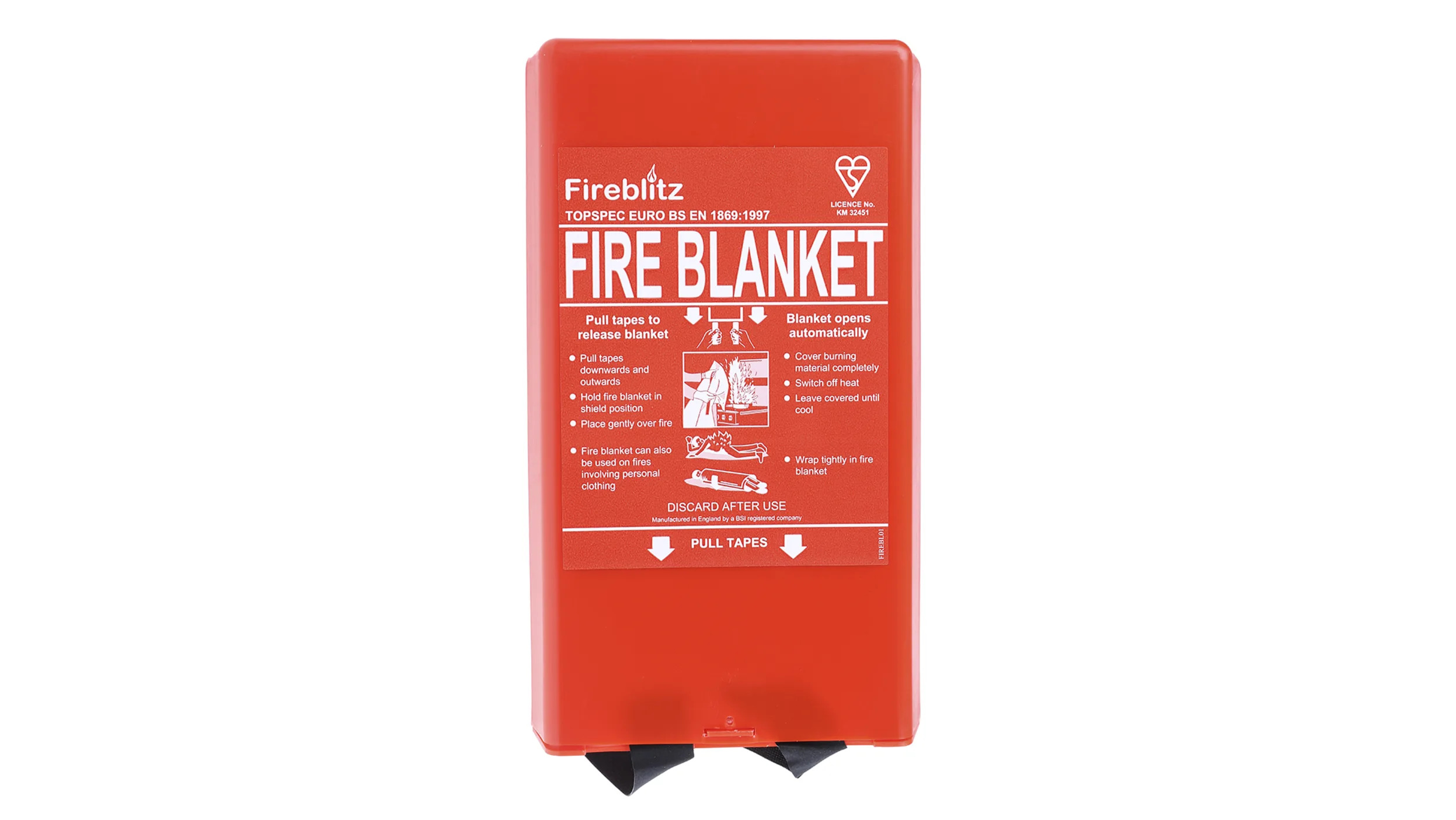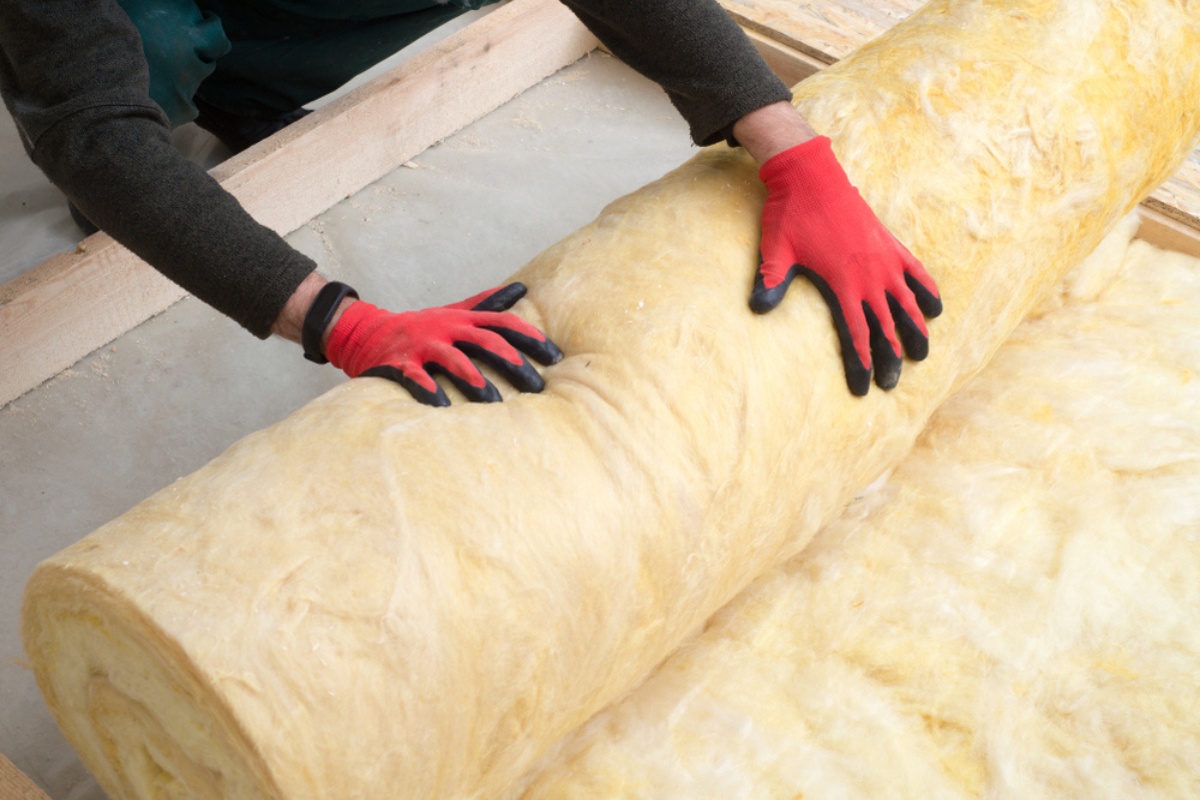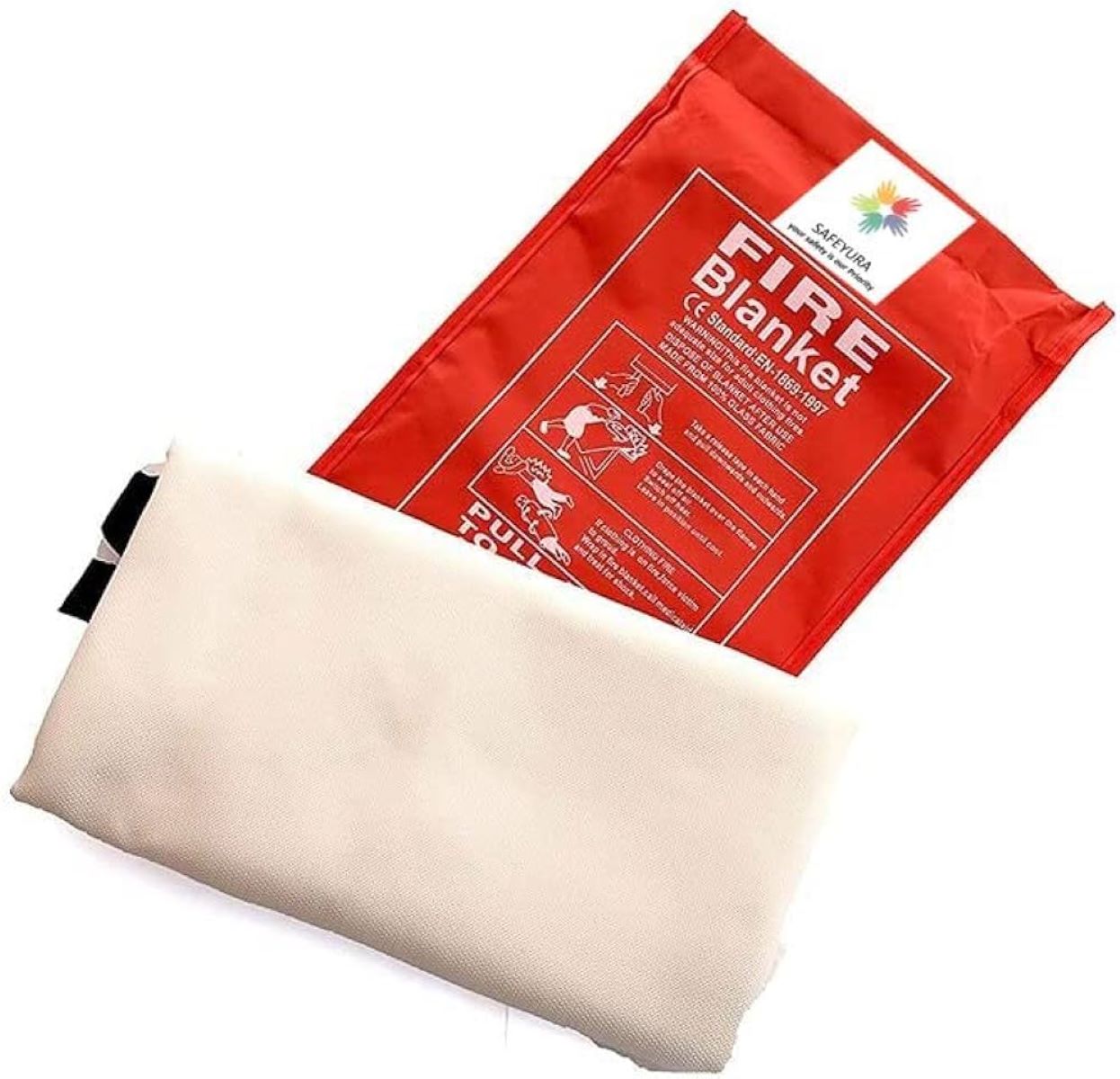

Articles
How To Swaddle Using A Blanket
Modified: December 7, 2023
Learn how to swaddle your baby using a blanket with our helpful articles. Discover step-by-step guides and expert tips for a comfortable and secure swaddle.
(Many of the links in this article redirect to a specific reviewed product. Your purchase of these products through affiliate links helps to generate commission for Storables.com, at no extra cost. Learn more)
Introduction
Welcome to the world of swaddling! Swaddling, a technique that involves safely wrapping a baby in a blanket, has been practiced for centuries and is known to have a range of benefits for both newborns and their parents. It provides a comforting and secure environment, mimicking the feeling of being in the womb. In this article, we will guide you through the process of swaddling using a blanket, helping you create a soothing and peaceful experience for your little one.
Swaddling offers numerous advantages, including better sleep quality, reduced startle reflex, and a sense of security for babies. It can also promote a calmer and more settled state, leading to less fussiness and more contentment. For parents, swaddling can be a game-changer, helping to establish regular sleep patterns and easing the transition from womb to the outside world.
Before you begin swaddling, it’s important to choose the right blanket. Look for a lightweight and breathable material, such as muslin or cotton. These fabrics are gentle on your baby’s delicate skin and help regulate body temperature, reducing the risk of overheating. It’s also advisable to opt for a blanket that is large enough to securely wrap your baby while still allowing enough room for natural movement of the hips and legs.
Now, let’s dive into the step-by-step process of swaddling using a blanket.
Key Takeaways:
- Swaddling with a lightweight, breathable blanket can improve your baby’s sleep, reduce startle reflex, and promote a calmer, more settled state, providing comfort and security.
- Choosing the right blanket, preparing it properly, and following safety precautions are essential for a safe and effective swaddling experience, ensuring your baby’s well-being and comfort.
Read more: What Is A Swaddling Blanket
Benefits of Swaddling
Swaddling offers a multitude of benefits for newborns. Let’s explore some of the key advantages:
- Better sleep: Swaddling creates a cozy and secure environment that helps babies feel safe and comfortable. This leads to improved sleep patterns, with babies experiencing longer and more restful sleep.
- Reduced startle reflex: Newborns have a natural startle reflex that can disturb their sleep. Swaddling helps to limit sudden movements, minimizing the startle reflex and preventing unnecessary awakenings.
- Regulated body temperature: Swaddling with a lightweight and breathable blanket, like muslin or cotton, can help regulate a baby’s body temperature. It keeps them warm in cooler environments and prevents overheating in warmer climates.
- Calmer and more settled state: The gentle pressure of a swaddle can provide a sense of security to babies, helping them feel calm and relaxed. This can reduce fussiness and promote a more settled state, making it easier for both baby and parents to enjoy bonding time.
- Eased transition from womb to world: Swaddling helps recreate the snugness and limited space of the womb, providing newborns with a familiar and comforting sensation. It eases the transition from the womb to the outside world, making babies feel more at ease and reducing anxiety.
- Improved breastfeeding: Swaddling can promote better breastfeeding sessions. By reducing a baby’s flailing arms and keeping them in a secure position, it allows for a more focused latch and fewer interruptions during feeding.
- Reduced SIDS risk: While swaddling has many benefits, it’s important to follow safe swaddling practices. When done correctly, swaddling can potentially reduce the risk of sudden infant death syndrome (SIDS) by creating a safer sleeping environment for babies.
Swaddling has stood the test of time and is a valuable technique for soothing and comforting newborns. However, it’s essential to keep in mind that not all babies enjoy being swaddled, and it’s important to listen to your baby’s cues and preferences. If your baby shows signs of discomfort or resistance to swaddling, it’s best to try alternative methods of soothing and comforting them.
Choosing the Right Blanket
When it comes to swaddling your baby, selecting the right blanket is crucial for their comfort and safety. Here are some considerations to keep in mind:
- Material: Look for a blanket made from a lightweight and breathable fabric, such as muslin or cotton. These materials are gentle on your baby’s skin and help regulate their body temperature, ensuring they stay comfortable throughout the swaddling process.
- Size: Opt for a blanket that is large enough to wrap your baby securely while still allowing room for natural movement of the hips and legs. A blanket that measures around 40 by 40 inches (100 by 100 centimeters) is typically suitable for most newborns.
- Texture: Consider the texture of the blanket. It should be soft and smooth to the touch, avoiding any rough or scratchy materials that could irritate your baby’s delicate skin.
- Ease of Use: Choose a blanket that is easy to use and wrap around your baby. Avoid blankets with complex folding techniques or excessive layers, as they may be challenging to handle, especially during nighttime diaper changes.
- Washability: Babies can be messy, so opt for a blanket that is machine washable. This will make it easier to clean and maintain hygiene without compromising its quality.
- Durability: Look for a blanket that is durable and can withstand frequent washing and use. Quality materials and sturdy stitching will ensure that the blanket remains in good condition for an extended period.
- Design: While not essential, choosing a blanket with a pleasing design or pattern can add a touch of fun and style to the swaddling experience. However, remember that the comfort and safety of your baby should always take precedence over aesthetics.
Remember, safety should always be the top priority when swaddling your baby. Ensure that the blanket is not too loose or too tight, as this can pose a risk of suffocation or overheating. It’s important to monitor your baby during swaddling to ensure they are comfortable and not showing signs of distress.
By selecting a suitable blanket, you can create a cozy and secure environment for your little one, enhancing their swaddling experience and promoting a sense of comfort and tranquility.
Step 1: Preparing the Blanket
Before you begin swaddling your baby, it’s important to properly prepare the blanket. Follow these steps to ensure a smooth and comfortable swaddling experience:
- Wash the blanket: Before first-time use, make sure to wash the blanket with a gentle detergent. This helps to remove any harsh chemicals or irritants that may be present and ensures the blanket is clean and fresh for your baby.
- Iron or fold: Smooth out any wrinkles in the blanket by ironing it on a low heat setting. This step is optional but can make the swaddling process easier and more aesthetically pleasing.
- Lay the blanket flat: Place the blanket on a clean and flat surface. Smooth out any creases or folds, ensuring the blanket is spread out evenly.
- Position the blanket: Orient the blanket in a diamond shape, with one corner pointing towards you and the opposite corner pointing away from you. This diamond shape will provide the ideal configuration for swaddling your baby.
- Tuck in any loose ends: Check for any loose threads or edges on the blanket and tuck them in. Ensuring that there are no loose ends will keep the swaddle secure and prevent potential discomfort for your baby.
By preparing the blanket in this way, you create a smooth and tidy base for swaddling. This ensures that the blanket is ready to be wrapped around your baby securely and provides a comfortable and safe swaddling experience.
Now that you have prepared the blanket, let’s move on to the next step – creating a diamond shape for swaddling.
Step 2: Creating a Diamond Shape
Creating a diamond shape with the blanket is an essential step in swaddling your baby. Follow these steps to form the diamond shape:
- Lay the blanket flat: Start by laying the blanket on a clean and flat surface, ensuring that it is smooth and free of wrinkles.
- Fold the top corner: Take the top corner of the blanket and fold it down towards the center, creating a straight line across the top. This will form the top edge of the diamond shape.
- Fold the bottom corner: Next, fold the bottom corner of the blanket up towards the center, aligning it with the top edge. This creates a straight line across the bottom, parallel to the top edge.
- Smooth out the folds: Gently smooth out any wrinkles or creases along the folded edges to ensure a neat and tidy diamond shape.
Once you have created a diamond shape with the blanket, you are ready to move on to the next step – placing your baby in the center of the diamond shape for swaddling.
Remember, taking the time to properly create the diamond shape ensures that the swaddle will be secure and comfortable for your baby, allowing them to experience the benefits of swaddling to the fullest.
Read more: How To Swaddle A Baby With A Blanket
Step 3: Placing the Baby
Now that you have prepared the blanket and created a diamond shape, it’s time to place your baby in the center of the blanket for swaddling. Follow these steps carefully:
- Lay the baby on the blanket: Gently lay your baby down on their back, with their shoulders just above the folded top edge of the diamond-shaped blanket. Make sure their head is aligned with the top edge of the blanket.
- Position the arms: Take the baby’s left arm and carefully extend it down along their side. Hold it in place while bringing the left side of the blanket over the baby’s arm and chest, ensuring it is securely tucked underneath their body.
- Repeat for the right arm: Now, take the baby’s right arm and extend it down along their side. Hold it in place while bringing the right side of the blanket over the baby’s arm and chest, crossing it over the left side and securely tucking it underneath their body.
- Leave space for the hips: Ensure that the blanket is not too tight around the baby’s hips and legs. There should be enough room for natural movement and proper development of the hip joints.
- Keep the neck and head uncovered: Make sure that the blanket is folded below the baby’s neck, leaving their face and head uncovered. This allows for proper airflow and minimizes the risk of overheating.
Placing your baby securely in the center of the blanket is essential for a comfortable and safe swaddling experience. Be gentle and mindful of your baby’s comfort throughout this process.
Now that your baby is properly positioned, we can move on to the next step – tucking the left side of the blanket.
When swaddling a baby using a blanket, make sure to keep the fabric snug but not too tight. Leave enough room for the baby to move their hips and legs to prevent hip dysplasia.
Step 4: Left Side Tuck
After placing your baby in the center of the blanket, it’s time to start swaddling by tucking the left side. Follow these steps carefully:
- Hold the left side of the blanket: Take hold of the left side of the blanket, ensuring it is securely tucked under your baby’s body.
- Bring the left side across the baby: Gently lift the left side of the blanket and pull it across the baby’s chest. Be careful not to cover the face or neck and ensure that both arms remain securely swaddled.
- Tuck the left side under the baby: Take the left side of the blanket and tuck it snugly under the baby’s body, making sure it is secure and won’t come undone.
- Ensure a secure but comfortable fit: The left side of the blanket should be snug enough to provide a sense of security for your baby but not too tight that it restricts their movement or causes discomfort.
By tucking the left side of the blanket, you create a secure and cozy environment for your baby. This ensures that they will benefit from the calming and soothing effects of swaddling.
Now that the left side is tucked, we can move on to the next step – tucking the right side of the blanket.
Step 5: Right Side Tuck
After securely tucking the left side of the blanket, it’s time to move on to the right side. Follow these steps to complete the swaddling process:
- Hold the right side of the blanket: Take hold of the right side of the blanket, ensuring it is tucked securely under your baby’s body.
- Bring the right side across the baby: Gently lift the right side of the blanket and pull it across the baby’s chest, overlapping the left side slightly. Ensure that the face and neck remain uncovered and that both arms remain securely swaddled.
- Tuck the right side under the baby: Take the right side of the blanket and tuck it snugly under the baby’s body, ensuring a secure and snug fit.
- Double-check the tuck: Ensure that both sides of the blanket are securely tucked under the baby’s body, leaving no loose ends or gaps that could potentially unravel.
Tucking the right side of the blanket completes the swaddling process, providing your baby with a cozy and secure environment. This technique helps evoke feelings of safety and comfort, allowing your little one to experience the benefits of swaddling.
Now that both sides of the blanket are tucked, we can proceed to the next step – folding the bottom of the blanket.
Step 6: Bottom Fold
Now that the left and right sides of the blanket are securely tucked, it’s time to fold the bottom of the blanket. Follow these steps to complete the swaddling process:
- Hold the bottom corner of the blanket: Take hold of the bottom corner of the blanket that is farthest away from you and gently lift it.
- Fold the bottom corner up: Bring the bottom corner of the blanket up towards the baby’s chest, making sure to cover their legs and feet. The fold should be snug but not too tight, allowing for some movement and flexibility.
- Create a secure fold: Tuck the folded bottom corner of the blanket under the back of the baby, ensuring that it is secure and won’t come undone.
- Check for proper alignment: Ensure that the blanket is positioned properly, covering the baby’s body from their shoulders down and leaving their face uncovered. This alignment provides a comfortable and safe swaddle for your baby.
Folding the bottom of the blanket completes the swaddling process, creating a warm and secure cocoon for your baby. This snugness helps them feel safe and can promote a more peaceful and restful sleep.
Now that the blanket is properly folded at the bottom, we can move on to the final step – the finishing tuck.
Read more: How Big Is A Swaddle Blanket
Step 7: Final Tuck
After folding the bottom of the blanket, the final step is to do a finishing tuck to secure the swaddle. Follow these steps to complete the swaddling process:
- Hold the remaining loose corner: Take hold of the remaining loose corner of the blanket, which is closest to you.
- Fold the corner over the baby: Gently lift the loose corner of the blanket and fold it over the baby’s body, covering the front of the swaddle. Make sure to leave the baby’s face and neck uncovered.
- Tuck the corner under the baby: Take the folded corner and tuck it securely under the back of the baby, ensuring that it is snug but not too tight. This final tuck helps to keep the swaddle in place and prevents it from unraveling.
- Double-check the tuck: Ensure that all corners and edges of the blanket are securely tucked, leaving no loose ends that could pose a risk to your baby’s safety.
The final tuck completes the swaddling process, creating a cozy and secure swaddle for your baby. This technique helps them feel snug and can promote a sense of calmness and comfort.
Remember to always monitor your baby during the swaddling process to ensure their comfort and safety. If your baby shows signs of discomfort or resistance to being swaddled, it’s important to listen to their cues and try alternative methods of soothing and comforting them.
Congratulations! You have successfully swaddled your baby using a blanket. This technique can provide many benefits and contribute to a peaceful and restful sleep for your little one.
Safety Precautions
While swaddling can be beneficial for babies, it’s important to keep in mind the following safety precautions to ensure their well-being:
- Always supervise your baby: Never leave your baby unattended while they are swaddled. Keep a close eye on them to monitor their comfort and safety.
- Ensure a snug, not tight, swaddle: The swaddle should be snug to create a sense of security for your baby, but not too tight that it restricts their movement or causes discomfort.
- Leave room for natural hip and leg movement: It’s important to allow enough room for your baby’s hips and legs to move naturally and promote healthy hip development. Avoid swaddling too tightly around the hips.
- Monitor body temperature: Ensure that your baby does not overheat while swaddled. Use lightweight and breathable blankets, and dress your baby in appropriate clothing for the ambient temperature.
- Position the swaddle below the neck: Make sure the swaddle is folded below your baby’s neck, leaving their face and head uncovered to promote healthy airflow and prevent the risk of suffocation.
- Stop swaddling when the baby shows signs of rolling: Once your baby starts showing signs of rolling over onto their tummy, it’s time to transition out of swaddling. This is usually around 3 to 4 months of age.
- Follow safe sleep guidelines: Always place your baby on their back to sleep, with only a swaddled blanket and no additional loose bedding or pillows in the crib or sleep space.
- Check for proper fit: Regularly ensure that the swaddle remains securely in place and that there are no loose ends or fabric that can pose a risk to your baby’s safety.
- Listen to your baby’s cues: Pay attention to your baby’s comfort and reactions to being swaddled. If they show signs of distress or discomfort, discontinue swaddling and try alternative soothing methods.
By following these safety precautions, you can provide a safe and comfortable swaddling experience for your baby.
It’s important to note that not all babies enjoy being swaddled, and each baby is unique in their preferences. Pay attention to your baby’s individual needs and adjust your swaddling technique accordingly.
Remember, the safety and well-being of your baby should always be your top priority when swaddling.
Conclusion
Swaddling can be a valuable technique for soothing and comforting your baby, promoting a sense of security and helping them sleep more soundly. By following the steps outlined in this article, you can successfully swaddle your baby using a blanket and enjoy the benefits that swaddling offers.
From preparing the blanket to creating a diamond shape, placing your baby, and tucking the blanket securely, each step is crucial in creating a safe and comfortable swaddle. Remember to always prioritize your baby’s safety by following the recommended safety precautions, such as ensuring a snug, but not tight, swaddle and monitoring their body temperature.
It’s important to keep in mind that not all babies enjoy being swaddled, and it’s essential to listen to your baby’s cues and adjust your approach accordingly. Some babies may prefer a looser swaddle or no swaddle at all.
Swaddling is a time-honored tradition that has provided comfort and relaxation to countless newborns throughout history. However, as your baby grows and develops, they will eventually outgrow the need for swaddling. Pay attention to your baby’s milestones, such as rolling over, as this is an indication that it’s time to transition out of swaddling.
Always remember to enjoy the bonding experience with your baby during swaddling. The closeness and comfort you provide will not only create a tranquil environment for your little one but also strengthen the connection between you and your baby.
So, get ready to swaddle your baby using a blanket and witness the calming effects it can have. Remember to trust your instincts, be gentle and patient, and prioritize your baby’s comfort and safety. Happy swaddling!
Frequently Asked Questions about How To Swaddle Using A Blanket
Was this page helpful?
At Storables.com, we guarantee accurate and reliable information. Our content, validated by Expert Board Contributors, is crafted following stringent Editorial Policies. We're committed to providing you with well-researched, expert-backed insights for all your informational needs.

